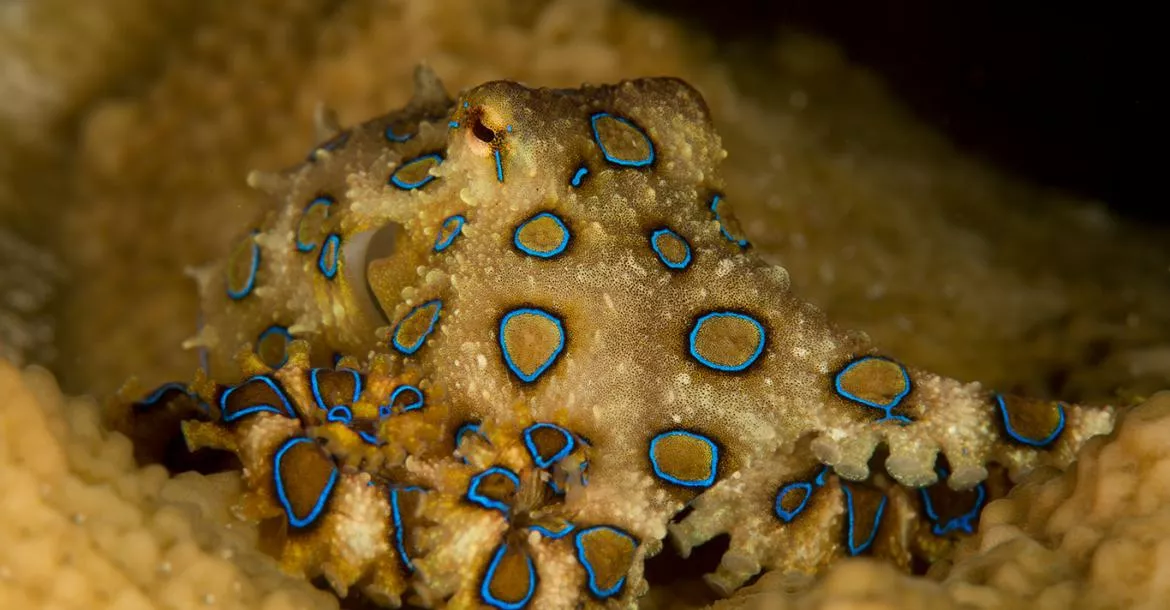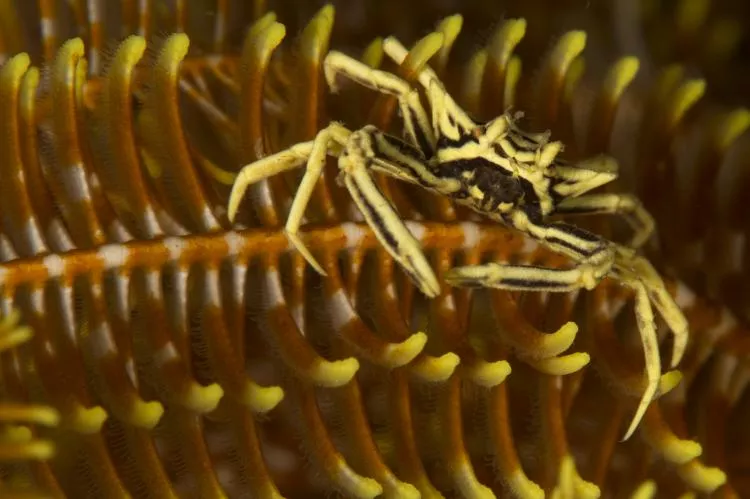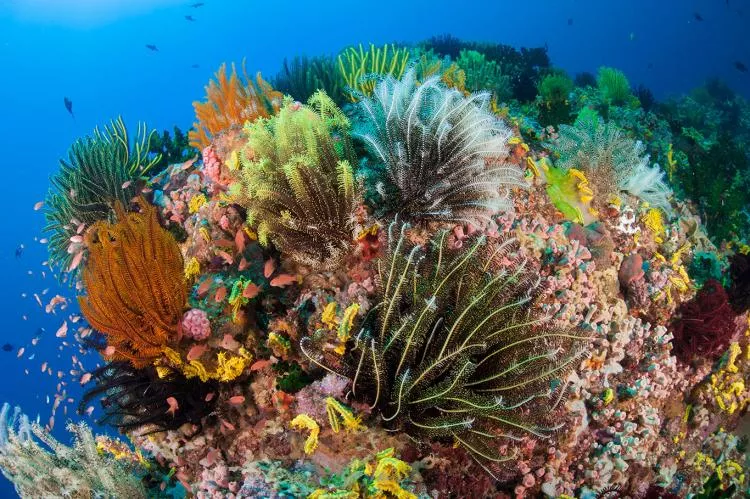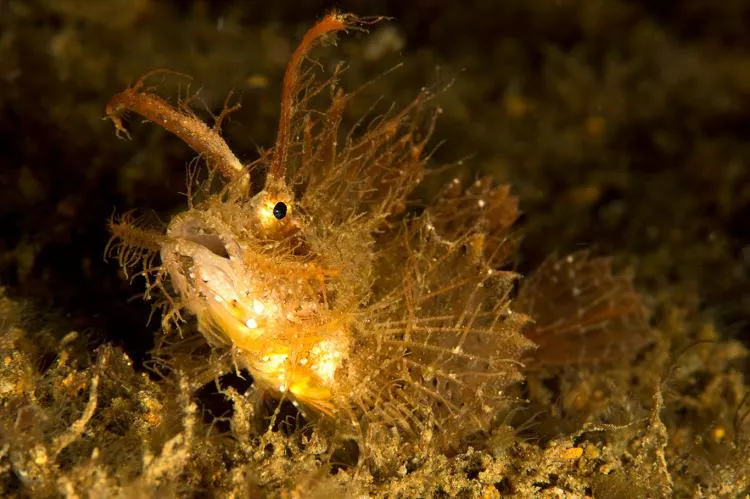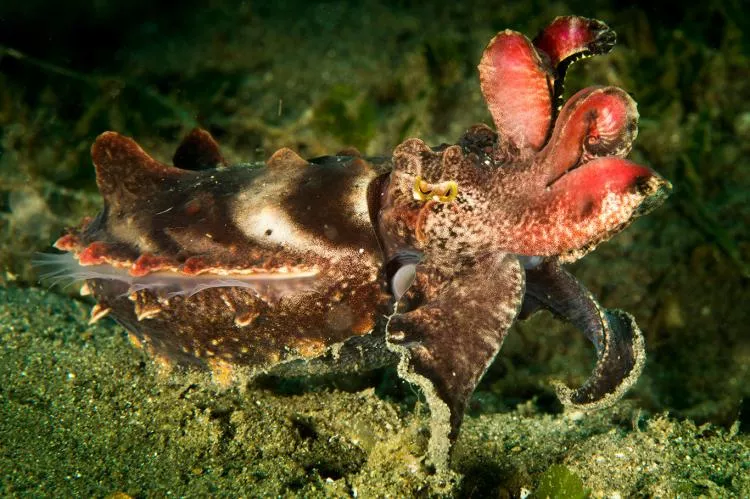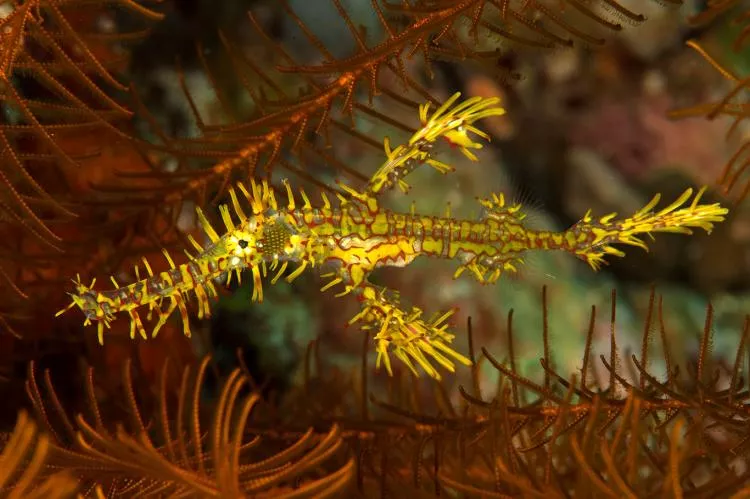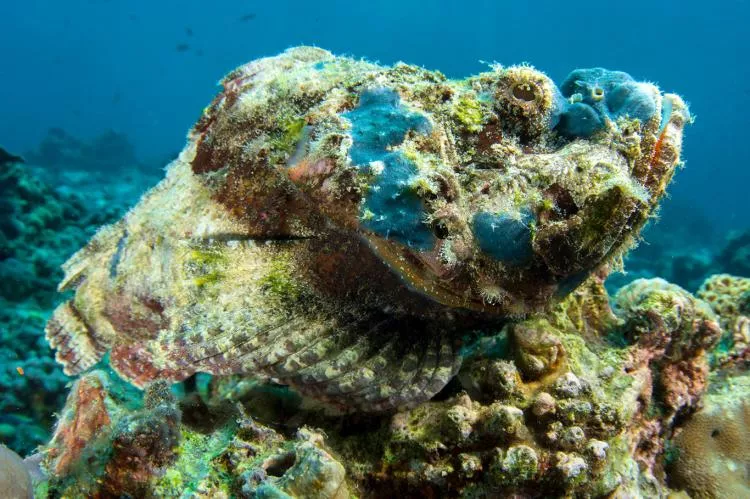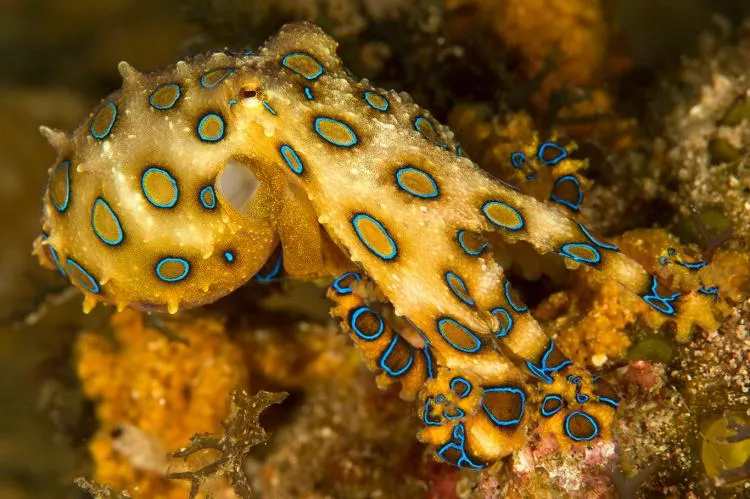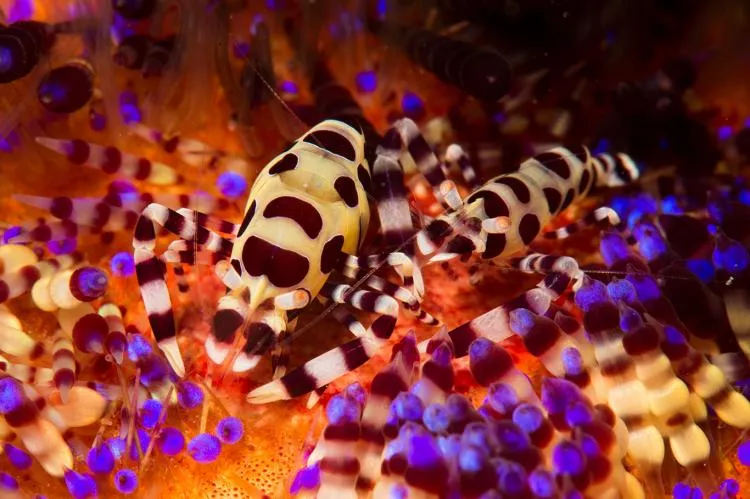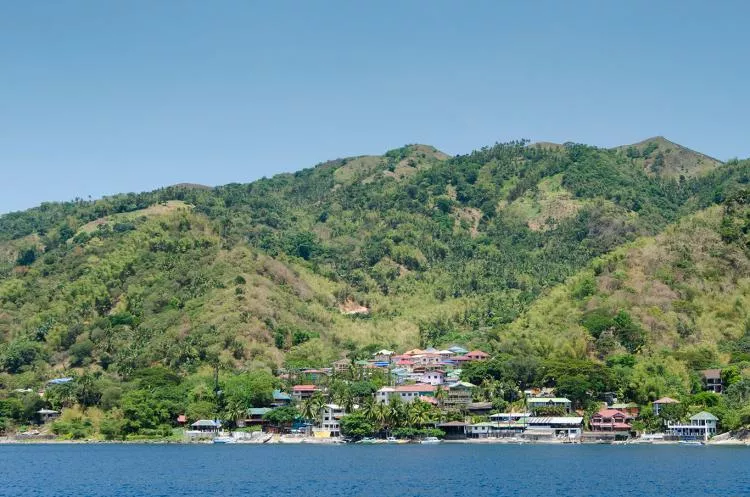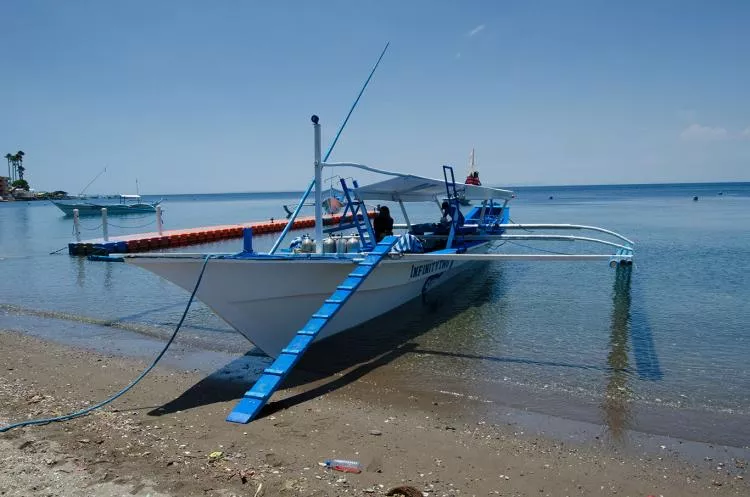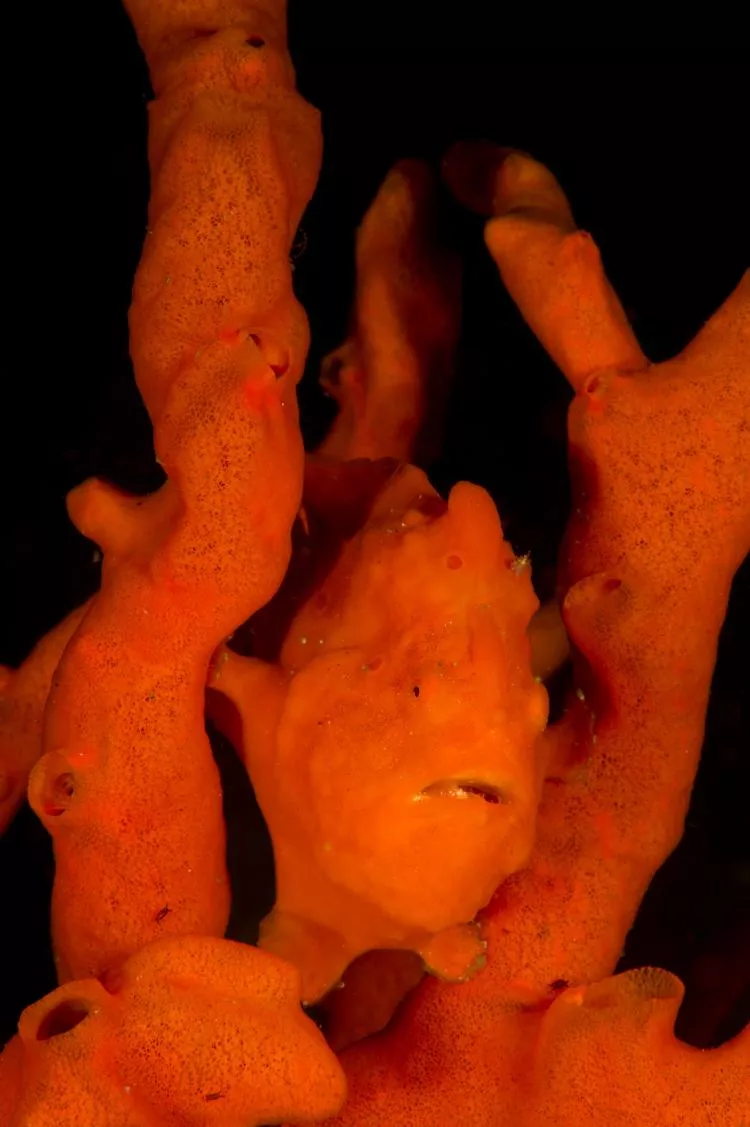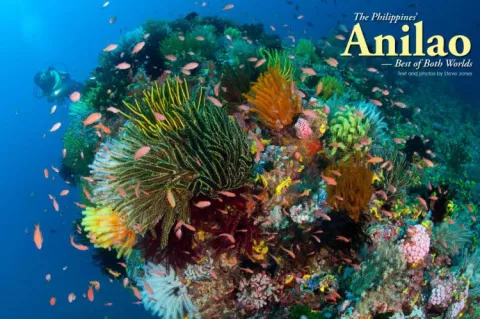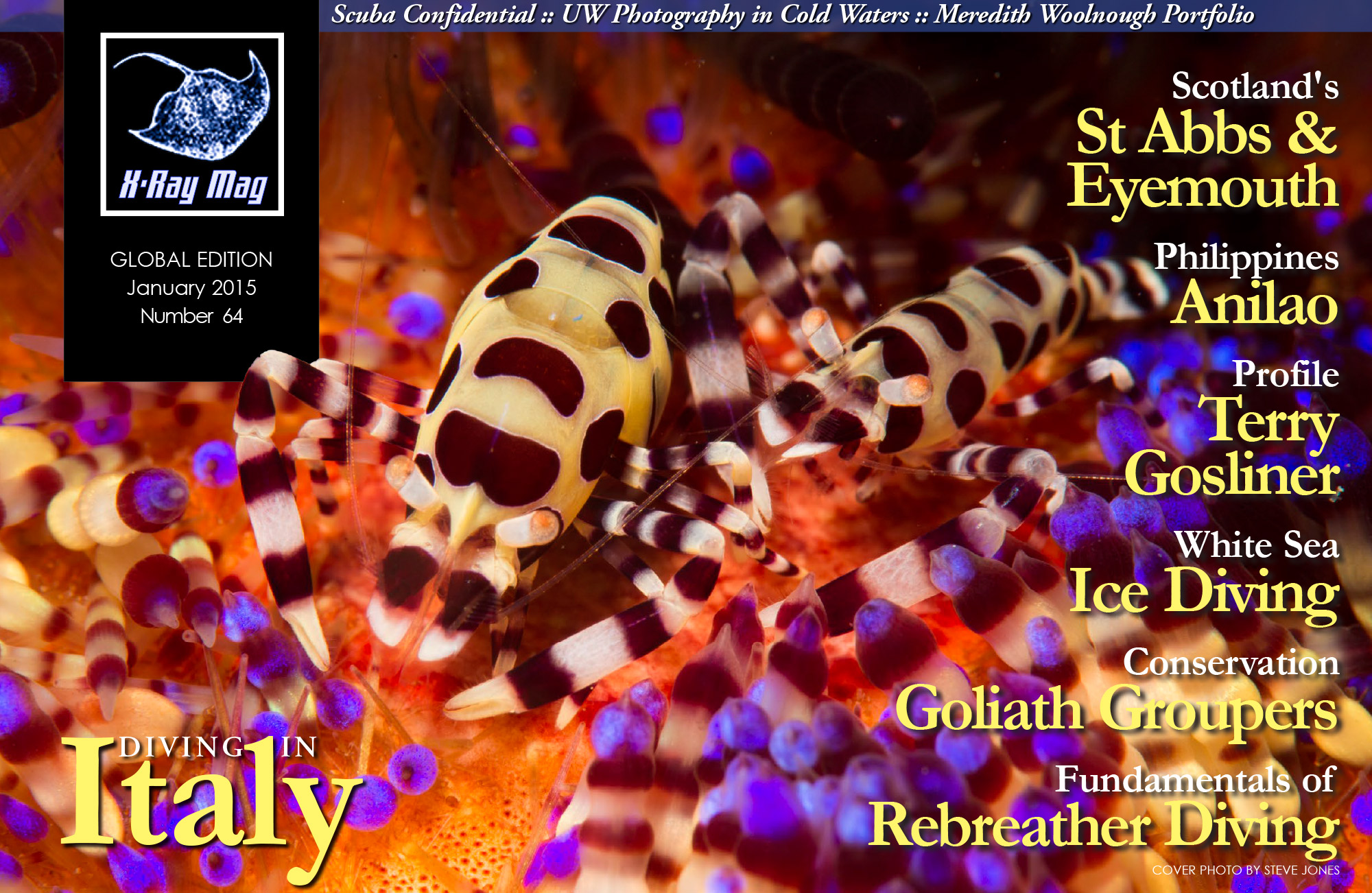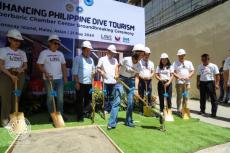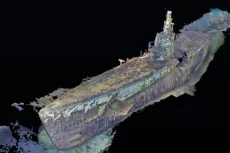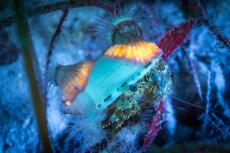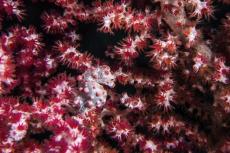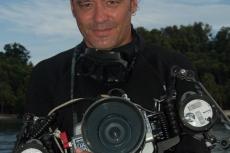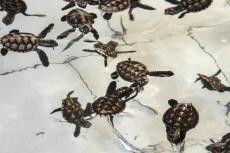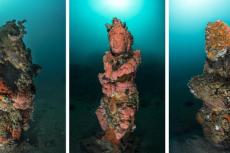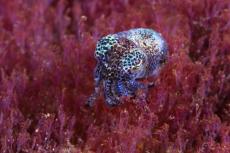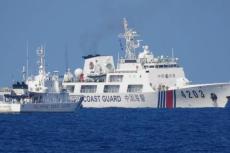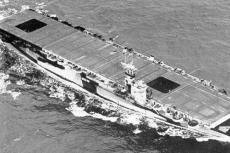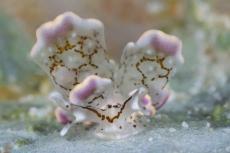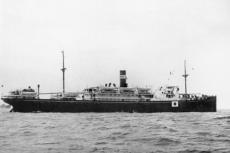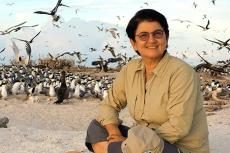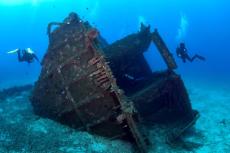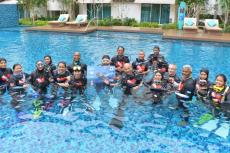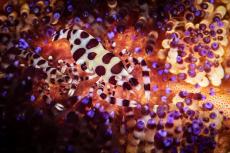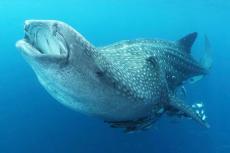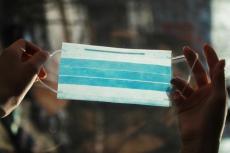The Philippine destination of Anilao has been described as the “center of the center of marine biodiversity” yet until now has largely remained unknown to European and American divers. This charming location has even more to offer than staggering critter life.
Contributed by
The water beneath me literally boils in a plethora of purple as anthias dance in the mild current. Beneath them the reef known simply as Beatrice is encrusted so densely in brightly coloured crinoids that hardly a single centimeter remains unoccupied. The scene is simply stunning, yet I am in a destination known for its critter life rather than stunning seascapes. It would seem that Anilao is indeed a destination with multiple charms, with reefs awash with colour and sandy shorelines that crawl with the weird and the wonderful.
Peculiarly, Anilao has managed to remain largely off the tourist map outside of the Philippines until very recently. Social media has played a large part in generating interest in this area, with images of rare marine life taken by a group of dedicated photographers, drawing in more image-makers like bees to a flower. Word started to get out that this place was special, with it being described as “another Lembeh Strait”—that Indonesian destination famed for its high density of weird critter life. High accolades indeed!
Hidden charms
Our Bangka, an outrigger style boat, motors along down the beautiful coastline towards “secret bay”, which is not really so much of a secret anymore as this is site has already become renowned for its critter life.
At first it appeared somewhat lunar-like, but it didn’t take long before the sharp eyes of the dive guide zeroed in on inhabitants that my own eyes would have missed. He started with a species of shrimp I had not seen before, but after only a few clicks of my cameras shutter, his enthusiasm distracted me toward his second subject, a painted frogfish. He started pointing out critters quicker than I could photograph them—obscure species of scorpionfish, unusual crustaceans and more variety of nudibranchs than I think I’ve ever seen on any one dive. Every rocky outcrop on this otherwise barren looking seabed seemed to host an entire micro-ecosystem, and a 90-minute dive was not long enough.
After an hour on the boat, we dived again on the same spot and were rewarded with a whole new range of species. It’s difficult to imagine a more productive dive site, yet, as our boat sped back towards Aiyanar Beach and Dive Resort, I know there were more than 50 in the region waiting to be explored.
Together alone
This destination is commonly referred to as Anilao, however, the dive resorts actually spread for miles up the coastline from the small Anilao village in a way that doesn’t make the place feel at all overcrowded. In fact, other than excursions, most holidaymakers tend to stay within their resorts. This is a quiet place where relaxation is the name of the game—there is no evening social scene, other than what’s going on within the resorts. If you are looking for a vibrant evening life, best look elsewhere, for this destination is one where you can either switch off and relax or get totally immersed in the diving—or, of course, do a bit of both.
Anilao village has a shallow seabed in front of the beach covered in seagrass. This is the sort of dive site I would avoid in most destinations, but when in critter rich territory, this sort of site can be surprisingly good. Sure enough it was not long before we soon found mimic, coconut and wunderpus octopus. Tiny and vulnerable looking filefish hovered cautiously amongst the sea grass whilst species of shrimp scuttled between burrows, using discarded human cans to hide behind, cans which were themselves occupied by sheltering fish. Every hole, whether man-made or natural, became a shelter as dusk approached—being caught out in the open at night may not have a happy ending as the predators such as snake eel and the grotesque bobbit worms start to emerge from their daytime refuges.
Origins
I was surprised by what I was seeing. I’d heard Anilao was special but hadn’t expected this—the quality of muck diving here was simply off the scale. But how did this place remain a secret for so long? It is within easy reach of the capital, just a three-hour drive, depending of course on traffic (and Manila is particularly famous for its traffic!) and with international flights landing throughout each day, it must be amongst the easiest of the long-haul destinations to reach.
Dive Operator Marco Santos of Aiyanar Beach and Dive Resort commented, “For most Manila divers, Anilao would be their first underwater experience. We learned here, our first and most of our underwater experiences and our love for the ocean was brought about by Anilao, but it is the influx of foreign divers, marine biologists and the knowledge they have brought with them that has led to this place—that we thought we already knew—now starting to show us so much more.”
It was that growing realization amongst the scientific community that Anilao was special, that led to marine biologists such as Dr Terry Gosliner beginning their surveys of the area, documenting the huge biodiversity. The species count of nudibranchs and their relatives alone now stands at a staggering 863 in Anilao and the nearby Verde passage, and that number is still rising! This is the highest on the planet. “Every dive here is like somebody has reshuffled a pack of cards, as we keep finding new species even at sites we’ve dived many times before,” said Gosliner. Over half of these are new species that have not been recorded anywhere else. He describes this area as the “Apex of the Coral Triangle” and he and many of his colleagues consider it the most remarkable place they have ever seen.
Sombrero
A boat ride to the outlying islands of Sombrero and Caban, brings us to some of the most spectacular seascapes in the area. Since they are swept by strong currents, diving on the submerged reefs here has to be timed carefully. Clear blue water washes over reefs that are ablaze with orange and purple anthias against a backdrop of the brightly coloured corals, creating an epic rainbow-like scene. I found that the contrast with the muck dives near the shore couldn’t be more pronounced, emphasising the appealing diversity in the diving conditions here. World class critter diving and stunning seascapes can be found amongst a huge variety of dive sites that are suitable for beginners to advanced divers and photographers will simply be in heaven in this A-List destination.
Guardians of the reefs
Overfishing has proved to be a huge problem in the Philippines, yet in Anilao, it was recognised over 20 years ago that the reefs needed to be protected. The first significant moves to conserving the area came in 1991 with the setting up of three Marine Protected Areas (MPAs) in the stretch of water that separates the mainland from the island of Maricaban. Known as Cathedral Rock, Arthurs Rock and Twin Rocks, these three MPA’s are maintained by committees of local villagers, who have really taken governance of the reefs to their hearts and keep the areas under constant watch, ensuring no fishing or anchoring in the protected areas. Dive tourism helps in other ways as well, as many fishing boats instead now carry divers. Twin Rocks is a great example of a well-preserved reef, covered in large corals and sponges interlaced with schooling snapper and a resident school of trevally that stretches seemingly to the surface.
Indeed, finding the balance between long-term sustainability and short-term gain will continue to be a challenge for the Philippines. However, the rest of the world has also failed on a far grander scale to yet get to grips with this dilemma. It is a great credit to the villagers in this Philippine province that they have proved that with proper stewardship, enough food can be harvested, but the communities as a whole can still reap the benefits that dive tourism can bring. Anilao is truly a destination that offers the best of both worlds in so many ways. ■
The author gives special thanks to all the staff at Aiyanar Beach and Dive Resort (aiyanar.com)and Terrence Gosliner, Ph.D, Senior Curator, Department of Invertebrate Zoology, California Academy of Sciences.

